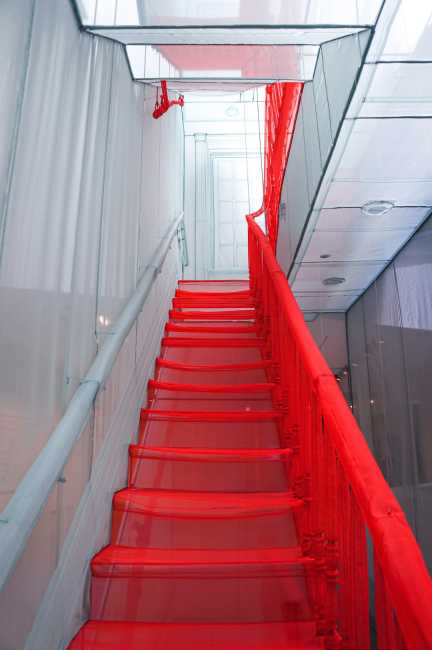Setting the right price for your artwork can be a challenging task for many artists. It can be tempting to undervalue your work to attract customers or overvalue it in the hopes of maximizing profits. However, finding the balance between these two extremes is essential to ensure that you are fairly compensated for your time and talent. With that in mind, here are some tips on how to price your artwork effectively.
1. Consider your costs- When pricing your artwork, it’s crucial to consider all of the expenses that go into creating it. This includes the cost of materials, tools, and any other overhead costs. By calculating these expenses, you can ensure that your pricing reflects the true value of your work and helps you cover your costs.
2. Research the market- Before pricing your artwork, it’s essential to research the market to understand what similar pieces are selling for. Look at the prices of artwork by artists with a similar skill level and style to get an idea of what customers are willing to pay. This will help you set a competitive price that reflects the quality of your work while also appealing to potential buyers.
3. Consider your experience and level of skill- As an artist, your level of experience and skill should also play a role in determining the price of your artwork. If you are a seasoned artist with a strong portfolio and a loyal following, you may be able to charge higher prices for your work. On the other hand, if you are just starting out or are still developing your skills, you may need to price your artwork lower to attract customers and build a reputation.
4. Factor in your time and labor- Don’t forget to factor in the time and labor that goes into creating your artwork when setting your prices. Many artists underestimate the amount of work that goes into each piece, from brainstorming ideas and sketching to the actual creation process. By valuing your time and labor appropriately, you can ensure that you are adequately compensated for your efforts.
5. Consider the size and complexity of the artwork- The size and complexity of your artwork should also play a role in determining its price. Larger pieces or those that require more intricate details and techniques should generally be priced higher than smaller, simpler works. Take these factors into account when setting your prices to ensure that they accurately reflect the effort and skill required to create each piece.
6. Be willing to negotiate- While it’s important to set fair and consistent prices for your artwork, it’s also essential to be flexible and willing to negotiate with potential buyers. Some customers may be interested in your work but hesitant to pay the full price, so being open to negotiating can help you make a sale while still ensuring that you are compensated fairly.
In conclusion, pricing your artwork is a delicate balance between valuing your time and talent, covering your costs, and appealing to potential buyers. By considering these tips and factors when setting your prices, you can ensure that your artwork is priced effectively and fairly. Remember that finding the right price may take some trial and error, so don’t be afraid to adjust your prices as needed to find what works best for you and your customers.

